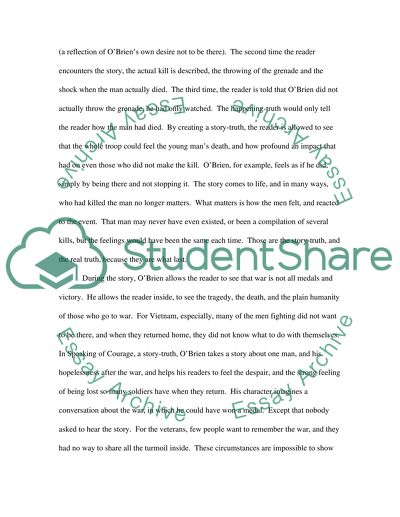Cite this document
(“Story-truth versus Happening-truth Essay Example | Topics and Well Written Essays - 2250 words”, n.d.)
Retrieved from https://studentshare.org/miscellaneous/1510743-story-truth-versus-happening-truth
Retrieved from https://studentshare.org/miscellaneous/1510743-story-truth-versus-happening-truth
(Story-Truth Versus Happening-Truth Essay Example | Topics and Well Written Essays - 2250 Words)
https://studentshare.org/miscellaneous/1510743-story-truth-versus-happening-truth.
https://studentshare.org/miscellaneous/1510743-story-truth-versus-happening-truth.
“Story-Truth Versus Happening-Truth Essay Example | Topics and Well Written Essays - 2250 Words”, n.d. https://studentshare.org/miscellaneous/1510743-story-truth-versus-happening-truth.


